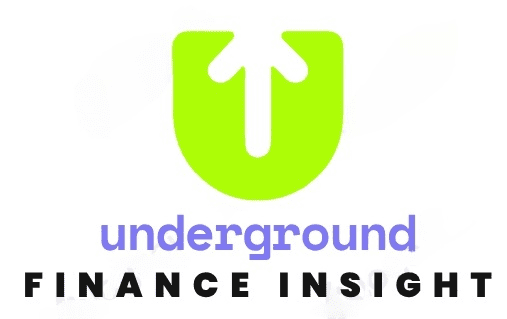What is the Grey Market in IPOs and How Does It Work? 12 points
What is the Grey Market and How Does it Work?
The grey market is an unofficial marketplace where stocks are traded without being listed on any authorized stock exchange. It is often referred to as an unorganized or informal market. This market plays a significant role in IPO (Initial Public Offering) activities, allowing the trading of IPO shares before they are officially listed. Even though the grey market is not regulated, it remains a platform for investors and traders to buy and sell shares according to their preferences.
Grey Market in India
In India, the grey market acts as an indicator of IPO share demand and supply among investors before the shares are officially listed. Here, shares are usually traded on a personal level or through brokers. The grey market has become particularly popular in India because it helps investors estimate the potential demand and performance of IPO shares in advance.
What are Grey Market Stocks?
Grey market stocks are IPO shares that are traded before their official listing on a stock exchange. These shares can be bought and sold even before they are formally available to the public through an official exchange. This early trading gives investors an opportunity to gauge potential demand and future performance.

What is Grey Market Premium (GMP)?
The grey market premium (GMP) refers to the extra price that a stock commands in the grey market above its official IPO issue price. For instance, if an IPO is issued at ₹100 per share but trades at ₹120 in the grey market, the GMP would be ₹20. This premium gives investors a sense of how much profit they could expect upon listing.
Types of Trading in the Grey Market
In the grey market, there are two main types of trading:
- IPO Share Trading – In this method, investors buy and sell shares before the stock’s official listing.
- IPO Application Trading – In this type, investors trade the application made for the IPO at a premium or discount, depending on the demand.
How are IPO Shares Traded in the Grey Market?
In the grey market, IPO shares are traded when the listing process is still ongoing. Investors speculate on the future performance of these shares and trade accordingly, hoping to gain profits on the day of listing. The key objective of grey market trading is to secure listing gains.
What Factors Determine the Grey Market Price of an IPO?
The price of an IPO in the grey market is determined by several factors, including:
- Company Reputation – The company’s popularity plays a key role in influencing the demand for its shares in the grey market.
- IPO Oversubscription – If an IPO receives a large number of applications, it can drive the price of the stock higher in the grey market.
- Market Sentiment – The overall condition of the stock market also impacts the grey market price of an IPO, as positive or negative sentiments can affect investor decisions.

How are IPO Applications Traded in the Grey Market?
In the grey market, IPO applications are bought and sold when a person decides to sell their application to another investor. The buyer of the application gains the right to receive the IPO shares if the allotment is successful. This trade typically occurs at a premium or discount, depending on the grey market premium of that particular IPO.
Whom to Contact for Trading in the Grey Market?
To trade in the grey market, one can approach a trusted broker or dealer who is experienced in handling such transactions. However, it’s important to note that grey market transactions are unregulated, making them potentially risky. Brokers can provide insight into the premium rates and guide you through potential profits or risks associated with trading shares in the grey market.
Why Do Problems Arise in the Grey Market?
The primary issue with the grey market is its lack of regulation. Since this is an informal and unmonitored market, there are no safeguards for investors, increasing the risk of fraud and financial loss. Transactions are conducted without official records, further adding to the risks for investors.
Grey Market Price and IPO
In the grey market, the price of IPO shares often varies from the official listing price. Investors rely on the grey market premium to estimate the potential listing price. If a stock has high demand, its grey market premium will rise, indicating potential profits. Conversely, if the demand is low, the premium might decrease, signaling lower expectations.
Example of Grey Market Price
Let’s consider an example. Suppose a company’s IPO has an issue price of ₹500, and in the grey market, it is trading at ₹550. This implies that the grey market premium is ₹50. For investors, this ₹50 premium is an indication of the potential gain they might achieve when the stock is listed on the official exchange. FOR MORE FINANCIAL UPDATE CLICK HERE



